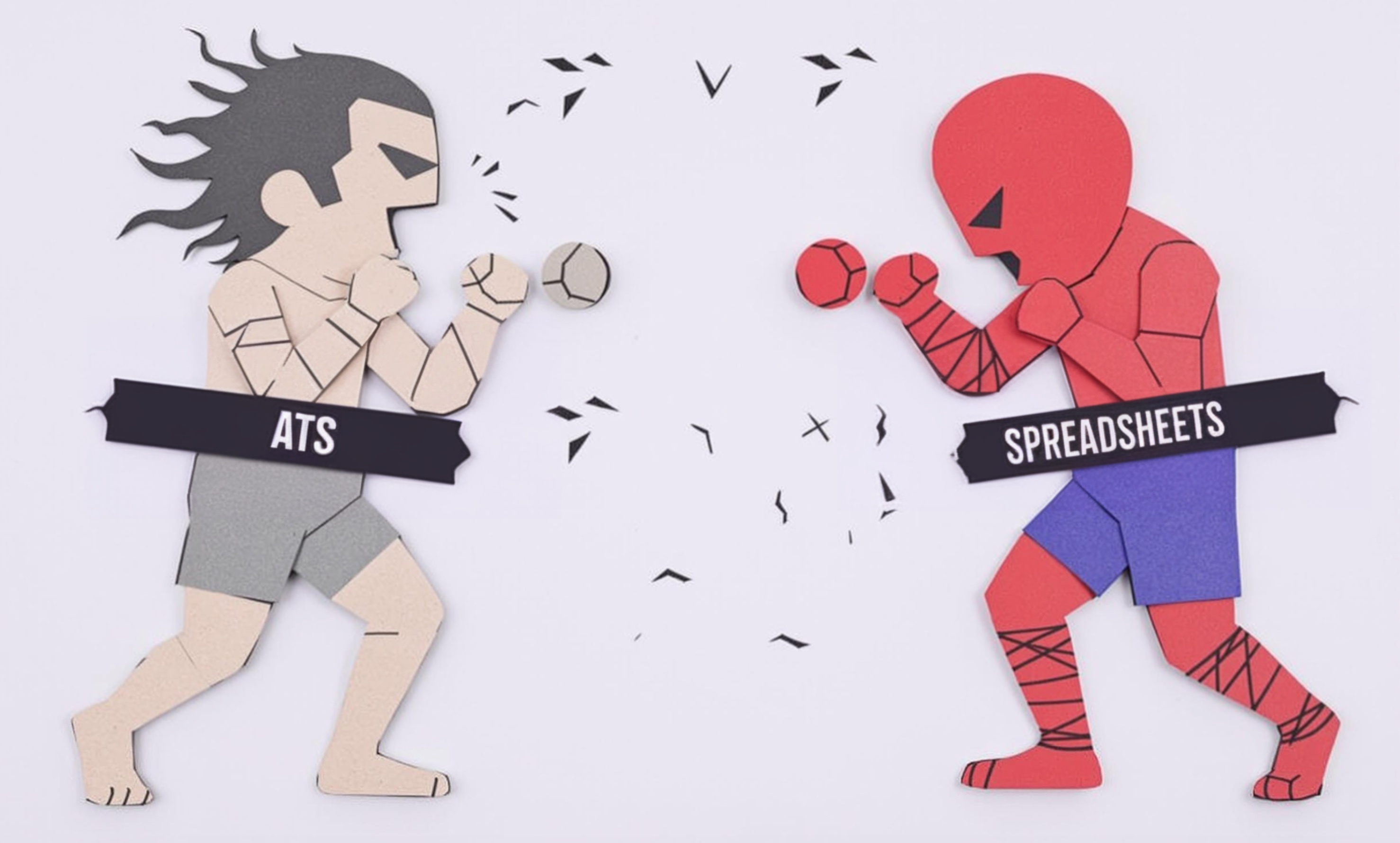
Boost Spacing
Boost spacing refers to a specific way bike wheels are set up that makes them wider than standard bikes. It's a modern standard in mountain bikes that allows for wider tires and stronger wheels. When someone mentions "boost spacing" on their resume, they're showing they know how to work with modern mountain bikes and understand current industry standards. This is similar to how cars have different wheel sizes - it's just a specific measurement that many new bikes use. Understanding boost spacing is important because many new bikes require this knowledge for proper maintenance and wheel installation.
Examples in Resumes
Expertly installed and maintained wheels with Boost Spacing specifications on high-end mountain bikes
Converted traditional mountain bikes to Boost hub standards using appropriate adapters
Trained junior mechanics on Boost Spacing wheel installation and maintenance procedures
Typical job title: "Bicycle Mechanics"
Also try searching for:
Where to Find Bicycle Mechanics
Professional Forums
Job Resources
Industry Organizations
Example Interview Questions
Senior Level Questions
Q: How would you explain the benefits and challenges of boost spacing to a customer?
Expected Answer: A senior mechanic should be able to explain that boost spacing allows for stronger wheels, better tire clearance, and improved bike handling. They should also address common challenges like compatibility with older parts and cost considerations.
Q: What solutions would you recommend for converting a non-boost bike to boost spacing?
Expected Answer: Should discuss various adapter options, hub conversions, and when it makes sense financially to do the conversion versus when to keep the original setup.
Mid Level Questions
Q: What are the key measurements for boost spacing and how do they differ from standard spacing?
Expected Answer: Should know that boost spacing uses 148mm rear and 110mm front hub widths, compared to traditional 142mm rear and 100mm front, and understand why this matters for wheel building.
Q: How do you identify if a bike frame is boost or non-boost compatible?
Expected Answer: Should explain measuring techniques, common visual indicators, and how to check manufacturer specifications to determine boost compatibility.
Junior Level Questions
Q: What tools do you need to work with boost spacing wheels?
Expected Answer: Should be able to list basic tools like appropriate size wrenches, measuring tools, and any special adapters needed for boost wheel installation.
Q: What safety checks do you perform after installing a boost wheel?
Expected Answer: Should mention checking axle tightness, brake rotor alignment, and proper wheel seating in the dropouts.
Experience Level Indicators
Junior (0-2 years)
- Basic wheel installation and removal
- Understanding of boost vs non-boost measurements
- Basic tool usage and safety procedures
- Simple maintenance tasks
Mid (2-4 years)
- Wheel building with boost specifications
- Converting non-boost to boost setups
- Advanced troubleshooting
- Customer education and consultation
Senior (4+ years)
- Custom wheel building and modification
- Complex conversion projects
- Training and supervising other mechanics
- Advanced technical problem-solving
Red Flags to Watch For
- Unable to explain the difference between boost and non-boost standards
- No hands-on experience with wheel installation
- Lack of knowledge about proper torque specifications
- No experience with modern mountain bikes
Related Terms
Need more hiring wisdom? Check these out...

Why Your Hiring Spreadsheets Are Secretly Sabotaging Your Recruitment

From Panic Pacing to Productive Hiring: How to Truly Improve Recruiter Efficiency

Beyond Borders: Mastering the Art of a Global Onboarding Calendar

